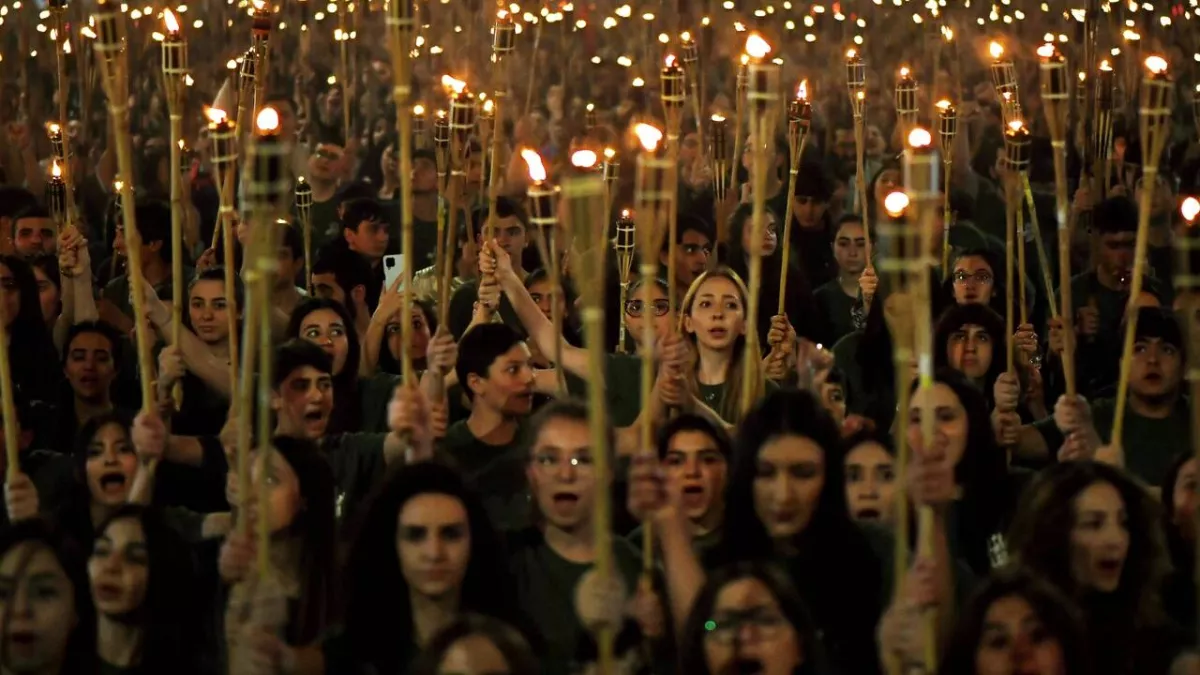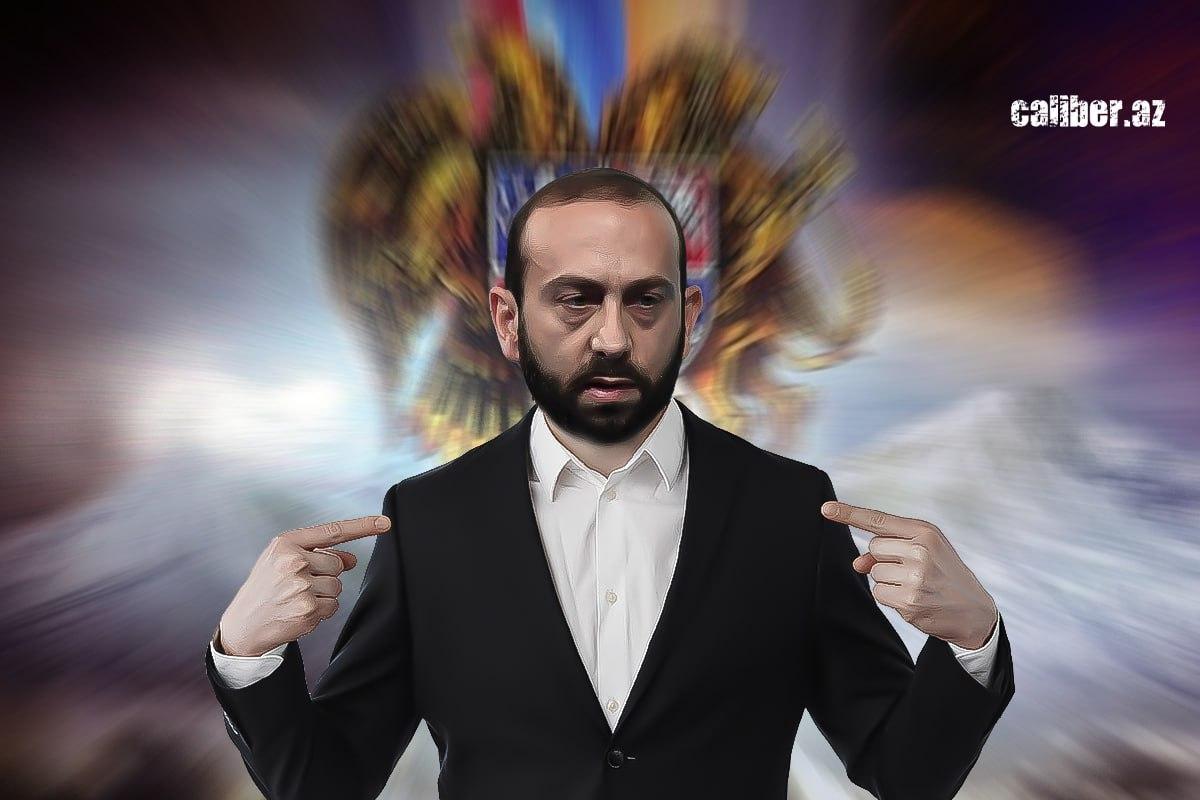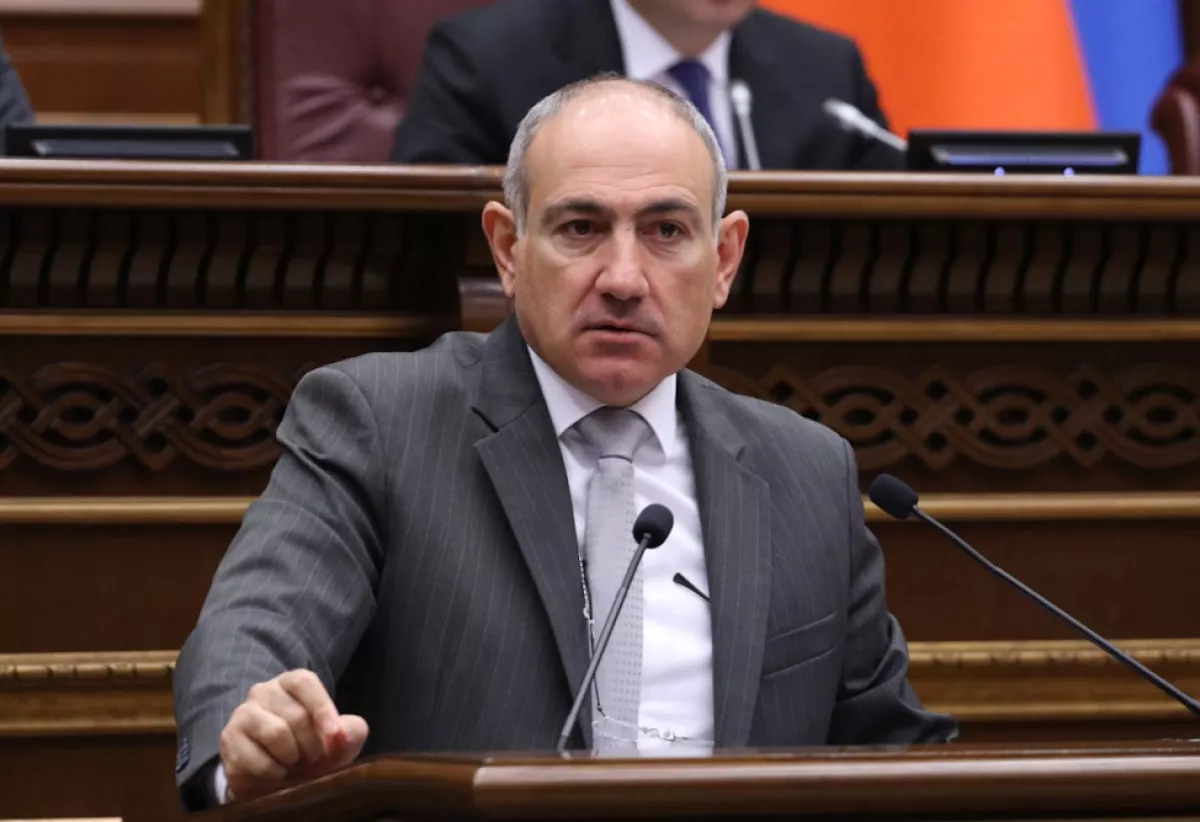Armenia: Torches, flags, and gender Ashes of the past and contours of the future
As always, in the lead-up to and on April 24—the date commemorated in Armenia as the day of the so-called "Armenian genocide"—tensions run high in Armenian society. Just a few days ago, deputies from the opposition alliance "Armenia" introduced a bill to criminalize the denial of the "genocide." However, things did not go smoothly. According to Armenian media, Parliament Speaker Alen Simonyan began making sharp remarks towards Gagik Manukyan, a representative of the "Dashnaktsutyun" party. As a result, a scuffle broke out between deputies of the ruling party and the opposition.
It seems that the opposition is trying to use the last remaining psychological resource to influence the masses—the "Armenian genocide," especially since the ruling party has elegantly passed them the ball in this regard. Let us recall that for several months now, Prime Minister Pashinyan has been expressing the view that the events of 1915 need to be re-evaluated. Recently, he also stated that recognizing the "Armenian genocide" is not a priority for Yerevan's foreign policy. It seemed that the streets of Yerevan should have been overflowing with an enraged, thousands-strong crowd, but this did not happen either in January, nor in March, when Pashinyan made similar statements, nor now.
Indeed, recently in Yerevan, the traditional torch procession took place, at the start of which its participants performed a ritual burning of the flags of Türkiye and Azerbaijan. However, this did not surprise with its large turnout. The burning of flags also didn't come as a shock, as it has already become a tradition. What causes some confusion, however, is the fact that the police allowed these extremists to carry out the act. Nevertheless, let’s not be too harsh, especially since Prime Minister Pashinyan, for the first time in several years, publicly condemned the actions of the protesters.
"Prime Minister Pashinyan condemns such conduct, considering it to be irresponsible and unacceptable. The burning of the flags of internationally recognized states, especially neighboring states, cannot receive any other attitude by the leader of the country. It is a provoking and inciting conduct," stated the prime minister's press secretary, Nazeli Baghdasaryan.

Once again, why did the police silently observe this act of vandalism? As mentioned earlier, "Prime Minister Pashinyan condemns such conduct, considering it to be irresponsible and unacceptable." It seems the authorities decided not to provoke excessive irritation in society and allowed people to "let off steam," as the saying goes. However, perhaps a year from now, Armenian law enforcement will be more proactive and will not allow the revanchist crowd to carry out such hooligan acts. In any case, this could be an attempt by the opposition to incite protests against the ruling party and its policies. Yet, as before, the situation highlighted the complete absence of any charismatic leader who could turn a spark into a flame.
Against this backdrop, the government's actions to combat the "deep opposition" appear to be far more systematic. In this context, it is worth mentioning the Cabinet meeting where the draft strategy for gender equality for 2025–2028 was discussed.
From the perspective of shaping the future image of Armenia and Armenian society, the speeches of two participants in the meeting stand out—two prominent figures in the Armenian government: Minister of Foreign Affairs Ararat Mirzoyan and Prime Minister Nikol Pashinyan himself.
To jump ahead a bit, I would conclude that the ruling party is betting on women as the most progressive segment of Armenian society and is trying to gain their support, primarily as a loyal electorate, and only then for the implementation of its agenda.

Thus, Foreign Minister Ararat Mirzoyan spoke about the serious problem of discrimination and even violence against women in Armenian society. "In our society, there are topics that are often discussed with beautiful words and toasts around the table, but in real life, completely opposite behavior is demonstrated towards women," the minister noted.
At first glance, it might seem surprising that the head of the foreign ministry is raising this issue. To understand this, I think it is necessary to consider the following. The message from the Armenian authorities can be interpreted as follows: the problem of violence against women exposes the patriarchal nature of Armenian society. Armenia, striving for European integration, must rid itself of this patriarchy. Therefore, this is not just an internal issue, but a foreign policy one, and that’s why the country’s chief diplomat is speaking about it.
If we view this through the lens of Pashinyan's ideas about "real Armenia," the focus on women is quite justified. Women are, by nature, more inclined to adapt and embrace new ideas. Perhaps we can cautiously hope that a more active participation of women in the functioning and even governance of Armenian society will ultimately rid it of the misanthropic ideology of national exclusivity.

Prime Minister Pashinyan also voiced some interesting thoughts. He pointed out that girls show greater activity in their studies, which is evident, for example, from the fact that Armenia has one of the highest female representation rates in the IT sector worldwide (around 40%). While it is pleasant to acknowledge this, Pashinyan added, it is overshadowed by the problem of young men’s negative attitude toward education. He specifically stated: "We underestimate the problem of male passivity when it comes to education and technology; a huge part of these issues is linked to the influence of criminal subculture."
This is a very important point that aligns with the earlier message from Mirzoyan. It is well-known that criminal subculture is also tied to patriarchal traditions, which leads to the conclusion that Pashinyan and Mirzoyan are targeting the same issue—the Armenian tradition. If we engage in a mental experiment and imagine this issue as the end of a thread and pull it, it will likely lead us to Echmiadzin, the Armenian church, the main apologist for traditions in Armenian society. Thus, with some artistic exaggeration, one can mentally envision a brewing conflict within Armenian identity—Armenian women versus the Armenian church.








